The Office of National Statistics has published the latest Annual Civil Service Statistics data. Petr Bouchal and Gavin Freeguard look at what it tells us about the composition of the Civil Service.
The past few weeks have seen increased attention to diversity in the Civil Service. The Cabinet Office published their Talent Action Plan and a report on talented women in Whitehall. In a speech at the Institute for Government, Michael Dugher, Labour’s Shadow Minister for the Cabinet Office, announced that the party would institute diversity targets if it is in government after next year’s general election. So what is the state of diversity in the Civil Service in 2014? Gender: the percentage of women in the Senior Civil Service has increased since 2010. 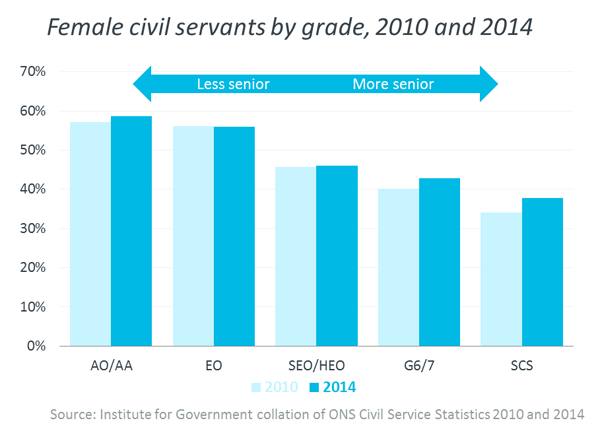
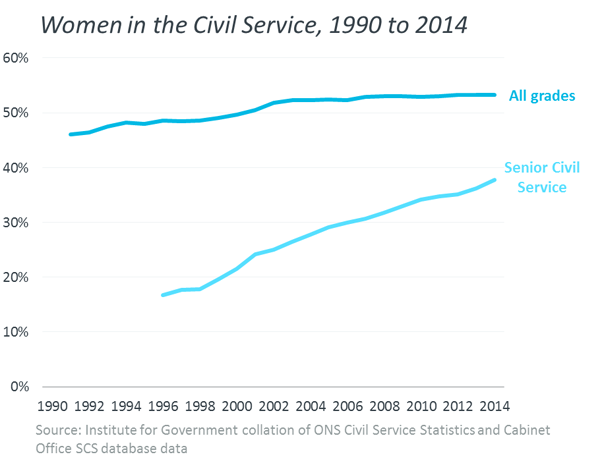
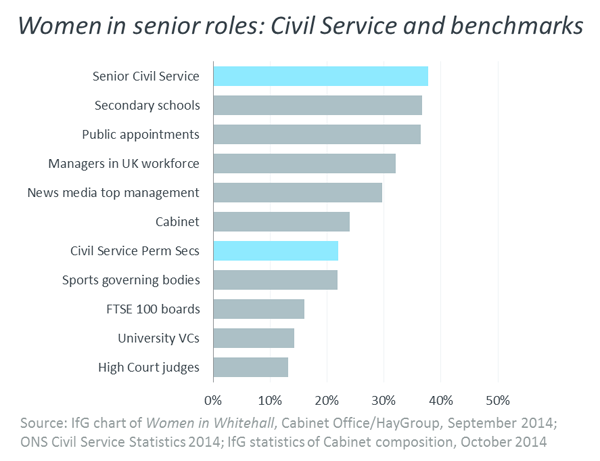
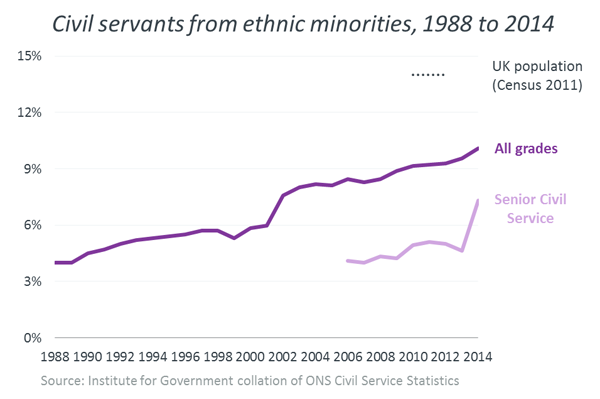
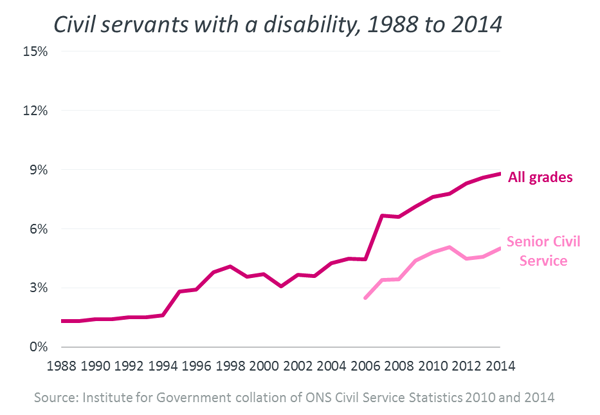
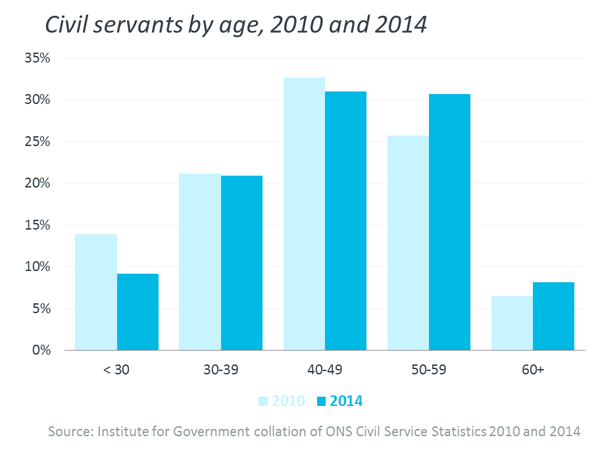
- Topic
- Civil service
- Administration
- Cameron-Clegg coalition government
- Publisher
- Institute for Government